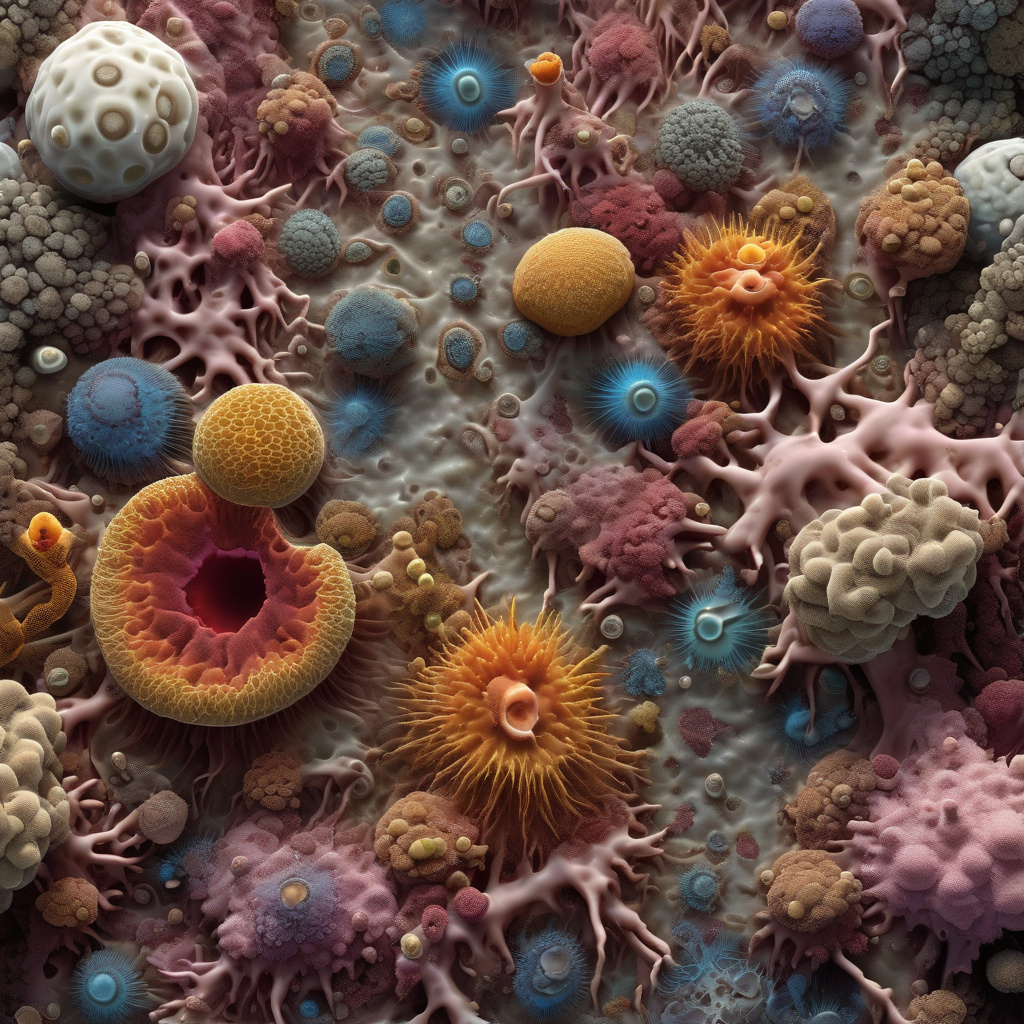Earth’s Oldest Microbes: A New Weapon Against Antibiotic Resistance
Researchers from the University of Pennsylvania have used AI to find microbes that have existed for billions of years deep within the Earth’s crust. These ancient microbes, some of the oldest on the planet, could potentially hold the key to combating antibiotic resistance, one of the most pressing global health threats of our time.
Antibiotic resistance occurs when bacteria evolve and develop the ability to withstand the drugs designed to kill them. This phenomenon has been fueled by the overuse and misuse of antibiotics in both humans and animals. As a result, we are facing a future where common infections could once again become life-threatening.
The search for new antibiotics has become increasingly challenging as traditional methods have yielded diminishing returns. That’s where the discovery of Earth’s oldest microbes comes into play. These ancient microorganisms have survived for eons in extreme conditions deep underground, developing unique mechanisms to resist environmental stresses. It is these survival strategies that make them particularly intriguing to scientists in the fight against antibiotic resistance.
By studying the genomes of these ancient microbes, researchers hope to uncover novel compounds that could serve as the basis for developing new antibiotics. The use of artificial intelligence has been instrumental in this process, allowing scientists to analyze vast amounts of genomic data and identify potential antimicrobial molecules more efficiently than ever before.
One of the most promising aspects of this research is the possibility of finding antibiotics with entirely new mechanisms of action. Many of the antibiotics currently in use target the same bacterial pathways, leading to the rapid emergence of resistance. By diversifying the arsenal of available antibiotics through the discovery of compounds from Earth’s oldest microbes, we may be able to stay one step ahead of resistant bacteria.
In addition to their potential as a source of new antibiotics, studying these ancient microbes could provide valuable insights into the origins and evolution of life on Earth. The discovery of life forms that have persisted for billions of years in isolation from the surface world raises intriguing questions about the limits of life’s adaptability and resilience.
While the research is still in its early stages, the implications of these findings are profound. If successful, the discovery of antibiotics derived from Earth’s oldest microbes could represent a major breakthrough in the battle against antibiotic resistance. It would offer a glimmer of hope in an otherwise bleak landscape of rising resistance rates and dwindling treatment options.
As we continue to grapple with the challenges posed by antibiotic resistance, the search for innovative solutions becomes increasingly urgent. The ancient microbes that have quietly thrived beneath our feet for millennia may hold the key to turning the tide in this critical battle.
In a world where the effectiveness of our existing antibiotics is under threat, the potential of Earth’s oldest microbes to provide new weapons against antibiotic resistance is a ray of light in the darkness of an ever-evolving crisis.
#AntibioticResistance, #AncientMicrobes, #AIResearch, #NewAntibiotics, #GlobalHealth












